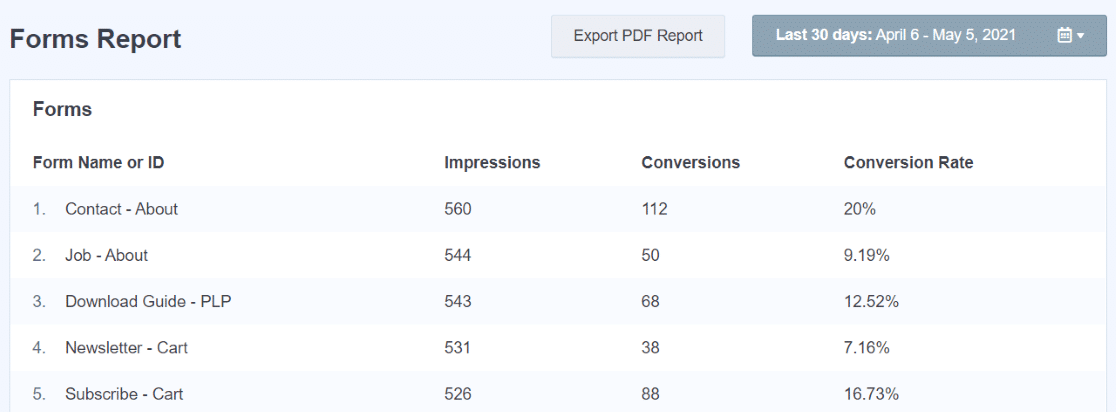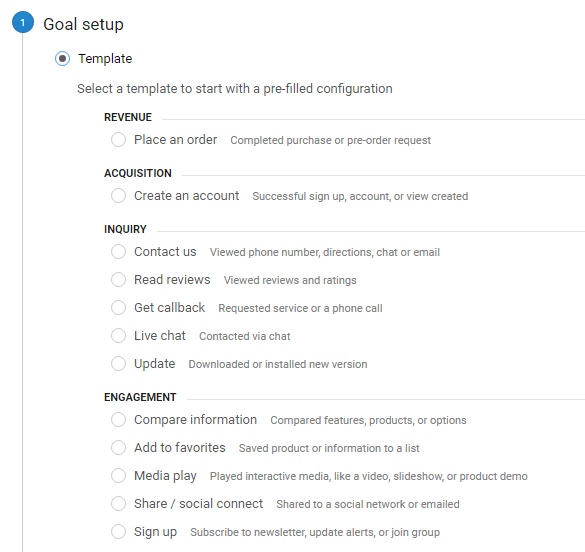Key Insights on What Data Is Google Analytics Goals Unable to Track
Key Insights on What Data Is Google Analytics Goals Unable to Track
Blog Article
Unveiling the Blind Spots: Comprehending What Google Analytics Goals Can not Gauge
In the realm of digital analytics, Google Analytics stands as a powerful tool for tracking and examining on-line customer interactions. However, amidst its durable abilities, there exist dead spots that typically escape dimension. Understanding what Google Analytics goals can not determine is vital for gaining a detailed sight of customer habits and interaction. As we explore the complexities of these dead spots, we reveal an intricate web of uncharted regions that hold beneficial insights into individual actions and motivations, tough traditional wisdom and shedding light on the restrictions of our data-driven understanding.
Customer Habits on External Platforms
Comprehending exactly how customers connect on external systems is crucial for maximizing on-line approaches. Outside systems, such as social media sites networks, referral internet sites, and online discussion forums, play a significant function in driving website traffic to a business's internet site. By examining customer behavior on these systems, businesses can get valuable insights right into the performance of their advertising initiatives and the choices of their target audience.
One secret facet of user habits on exterior platforms is the referral resource. By tracking where the customers are coming from, companies can determine which systems are driving one of the most traffic to their website. This info can aid firms allocate their resources better, concentrating on the platforms that yield the finest outcomes.

Offline Conversions and Interactions
Examining individual habits on external platforms provides important insights into online methods; however, taking into consideration offline conversions and communications is just as necessary for a thorough understanding of a firm's general efficiency. While Google Analytics stands out at tracking online interactions, it drops brief in catching the complete customer trip that usually consists of offline touchpoints. Offline conversions, such as in-store purchases or phone inquiries, play a substantial duty in lots of companies' success. Disregarding these communications can cause a distorted view of the performance of advertising and marketing projects and total company efficiency.

Attribution Beyond Last Click
When diving right into the world of digital advertising analytics, it becomes necessary to look past the single touchpoint of the last click for an extra comprehensive understanding of attribution. While Google Analytics offers useful understandings right into customer behavior, relying entirely on last-click attribution can be limiting - what data is google analytics goals unable to track. Attribution designs that go past the last click supply an extra nuanced sight of the consumer trip, taking right into account all the touchpoints that lead to a conversion
Attribution beyond the last click allows online marketers to assign credit report to different interactions along the conversion path, giving a more clear image of the performance of various advertising channels. By exploring informative post multi-touch acknowledgment versions such as direct, time degeneration, or position-based attribution, businesses can much better allot their advertising and marketing spending plans and enhance their techniques for optimal effect.
Comprehending the influence of each touchpoint in the conversion procedure is important for making notified decisions and making the most of ROI. By embracing acknowledgment beyond the last click, businesses can get deeper understandings into customer actions and tailor their advertising and marketing efforts better.
Cross-Device and Cross-Browser Monitoring

Similarly, cross-browser tracking matches cross-device monitoring by recording user behavior as they change between various internet internet browsers. Recognizing how users communicate with web sites on numerous browsers can help marketers optimize their online experiences to guarantee consistency and performance throughout various systems.
Qualitative Information and Customer Intent
Understanding user intent through qualitative data evaluation is vital for creating targeted digital advertising techniques that reverberate with the demands and preferences of the target market. Qualitative information gives understandings right into the 'why' behind user actions, clarifying motivations, feelings, and choices that quantitative information alone can not capture. By evaluating customer feedback, remarks, and communications, marketing experts can reveal beneficial details concerning customer intent, enabling them to tailor their messaging, web content, and offerings to better straighten with what go to website their target market is looking for.
Qualitative information likewise assists in comprehending the context in which users involve with an internet site or application. This contextual understanding allows online marketers to create even more pertinent and individualized experiences, ultimately driving greater interaction and conversion prices. By diving right into individual intent via qualitative information analysis, organizations can obtain a deeper understanding of their target market, bring about extra efficient marketing approaches that satisfy users' requirements and expectations.
Final Thought
Finally, Google Analytics objectives have limitations in determining customer behavior on exterior platforms, offline conversions, attribution past last click, cross-browser and cross-device tracking, and qualitative data connected to user intent. what data is google analytics goals unable to try this web-site track. It is essential for businesses to be knowledgeable about these unseen areas in order to supplement their information analysis with various other tools and techniques to get an extra detailed understanding of their target market and improve their general digital advertising and marketing methods
By analyzing user habits on these systems, organizations can gain valuable understandings into the performance of their marketing efforts and the preferences of their target audience.
Assessing customer behavior on external platforms supplies beneficial understandings into online techniques; nevertheless, taking into consideration offline conversions and interactions is equally critical for a comprehensive understanding of a company's overall performance.In digital advertising analytics, relocating beyond last-click attribution to explore cross-device and cross-browser tracking is vital for getting an all natural understanding of customer communications throughout different systems and gadgets. By examining customer responses, remarks, and communications, marketing experts can reveal beneficial details regarding individual intent, enabling them to tailor their messaging, content, and offerings to much better straighten with what their audience is looking for.
By diving into individual intent through qualitative information evaluation, organizations can get a deeper understanding of their target audience, leading to much more effective advertising and marketing approaches that fulfill individuals' needs and expectations.
Report this page